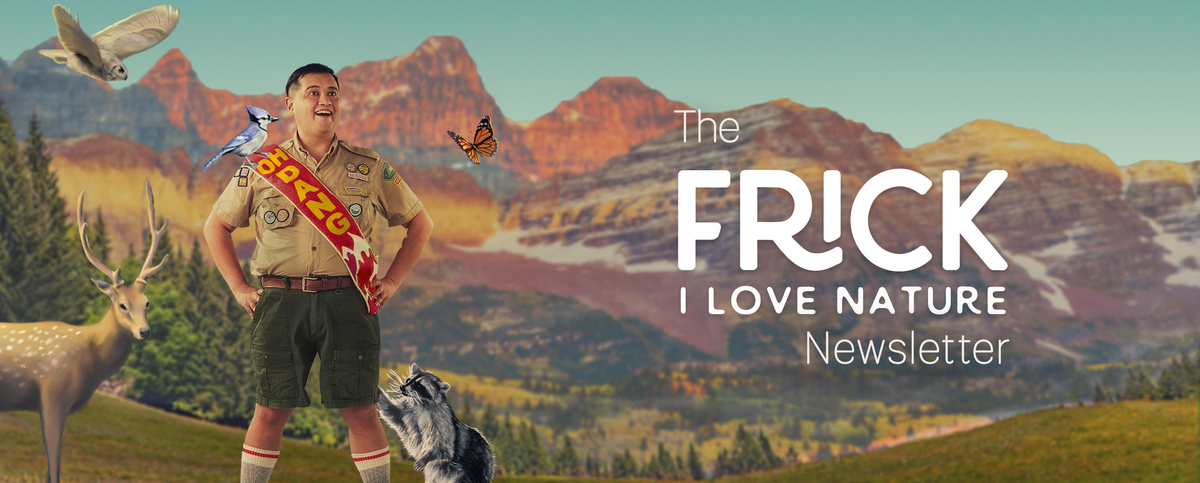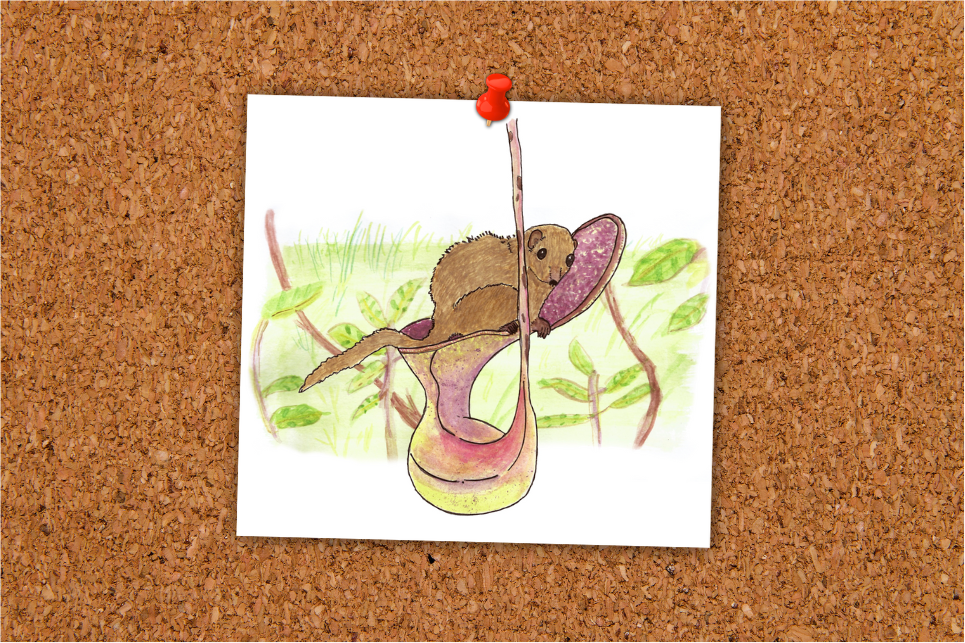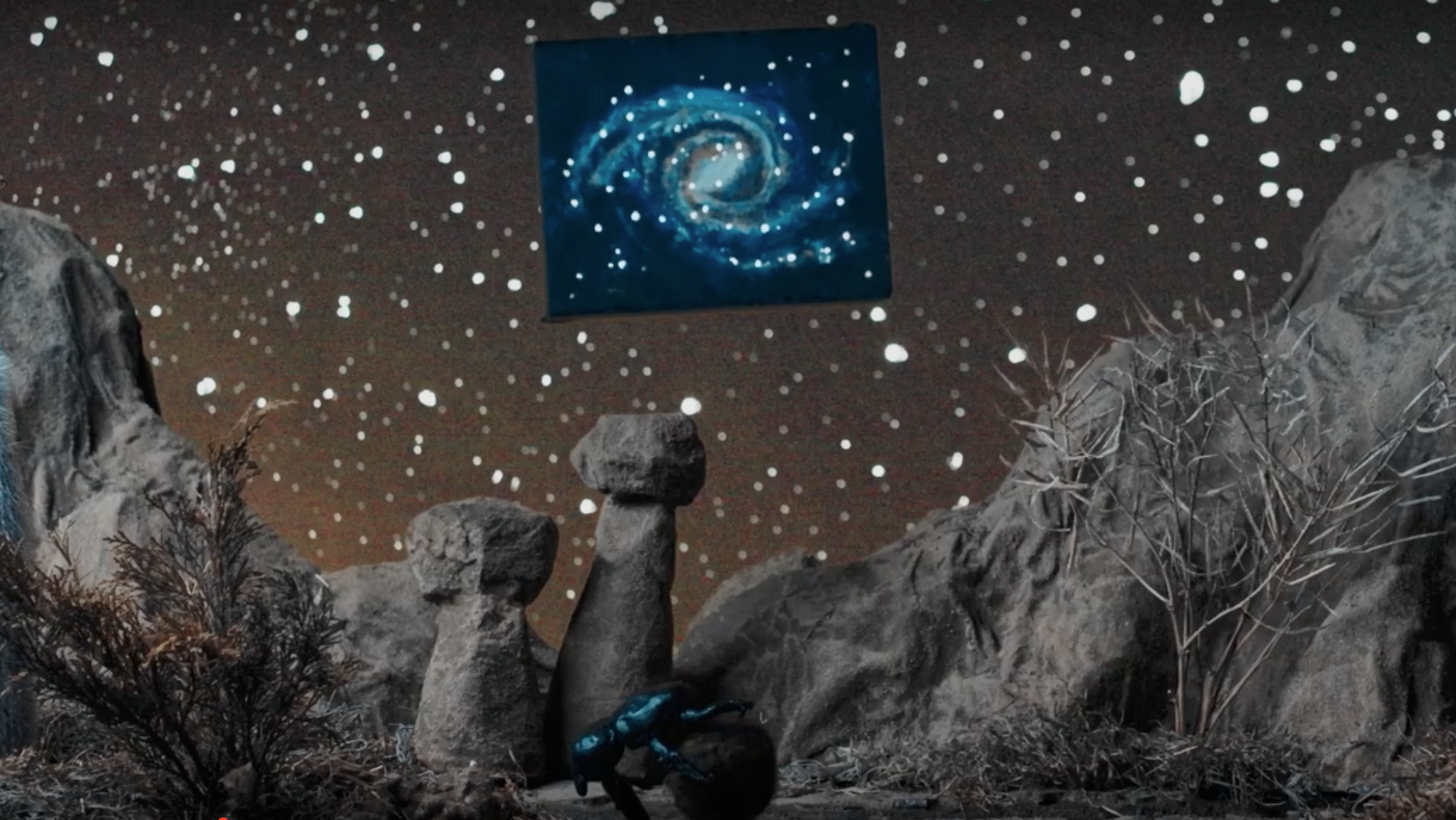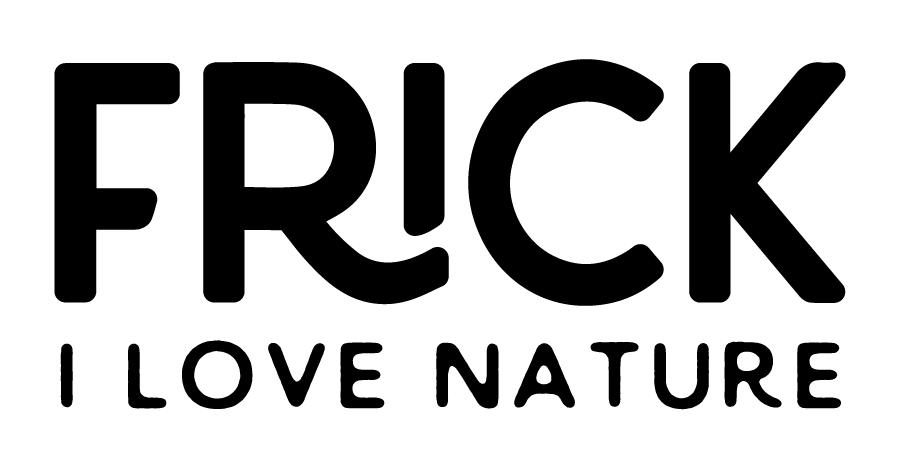FRICK INVESTIGATES: DO ANIMALS LIKE THE TASTE OF POO?

We finally answer this age-old mystery…
Hello Nature Fans! Good News, THE SECOND EPISODE OF THE FRICK, I LOVE NATURE PODCAST JUST DROPPED (a deuce ;) )!
In this episode, Stephen and I (Gordie) finally answer a question that Stephen has been wondering about since we started this whole endeavor:
Do animals actually like the taste of poop?
I mean, we see animals eating poop all the time. Our dogs can’t get enough of it, flies flock to it, and dung beetles are named after their love of the stuff. But as anyone who’s ever written a final exam can tell you: there’s a difference between the things we must do and the things we like to do…
…or is there?
To find out, we interviewed Dr. Paul Moore, the head of the Laboratory for Sensory Ecology at Bowling Green State University. Dr. Moore has spent decades studying the intricate relationships between taste, smell, and perception. He has over 200 published papers in journals around the world and his research has helped shape our fundamental understanding of how animals see the world.
And we made him talk about eating butt rocks!
So go listen to the episode. It’s on Spotify, Apple, and anywhere else you get your podcasts. If you don't you will be cursed with constipation forever. I joke I couldn't curse you I am not a wizard, but seriously, go have a listen right now! If you like it, give us a 5-star review and leave a comment to help us grow the show.
Heck, huck us a 5-star review even if you don’t like it!
SAVOURY NATURE FACTS: CL-ASSY DOOKIE FACTS

Fact #1: Some pitcher plants have evolved into toilets!
You might read this fact and think “surely not, actual toilets”, but honestly… yeah! Actual toilets! If you don’t know, most pitcher plants are carnivorous. They use sweet, sweet nectar to attract bugs, which then fall into a little pool of digestive enzymes at the bottom of their pitcher. Tasty!
But Low’s pitcher plant (Nepenthes lowii) uses it’s sweet, sweet nectar to attract mountain shrews. As the shrews gorge themselves on sweets, they also poop directly into the pitcher plant. The poop is high in nitrogen, which is essential to the plant’s survival. In fact, shrew poo contains so much nitrogen that Low’s pitcher plant rarely needs to catch any live prey. It eats dookie yum yum all day!
Fact #2: Dung beetles can see the Milky Way!

We’ve all seen pictures of footage of dung beetles rolling their little balls of dung back to their nests… but have you ever stopped to wonder how they know where they’re going?
Turns out that dung beetles use the position of the sun, moon, stars, and even the Milky Way to keep their poop balls rolling toward home. Researchers used little hats to cover the beetles’ eyes and found that not only would they get lost, but they couldn’t even roll in a straight line anymore.
The sky is so important to their navigation that, on the rare overcast days where cloud cover is too thick to see any celestial bodies, the dung beetles will actually roll their dung in circles until it clears up!
Fact #3: Bats have explosive doo doo, but not in the way you’re thinking!
As early as 1780, the USA harvested bat guano from caves because it contained saltpeter (potassium nitrate). What’s so great about saltpeter? Well, it’s a great fertilizer but it’s also an essential component of gunpowder!
During the Civil War, the Union blocked gunpowder from getting to the Confederate States. However, bat guano gunpowder (or what I call gunpoo-der) was so effective that, during the Civil War, the Confederate Army produced 100lbs of saltpeter per day, using guano from just two caves in Texas.
Does this mean that bats were allied with the Confederacy? Problematic!
That’s all for this newsletter. Now go listen to our episode about the flavour of no-no chocolate! Here are the Spotify and Apple links again, but you can find the show on any podcast platform. Go! Listen now!
Thanks for reading!
– Gordie & The Frick Team

